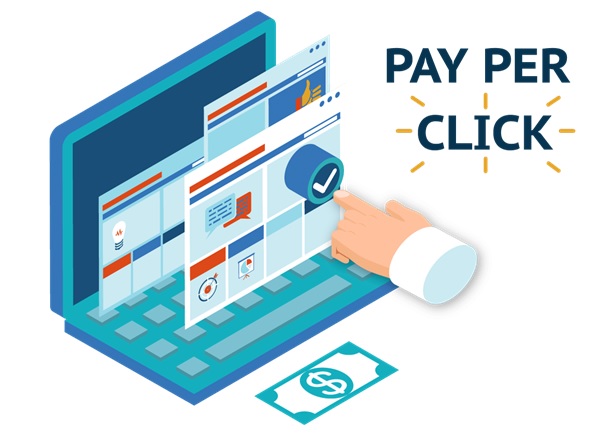One of the widely used paid search advertising and search engine marketing solutions is the pay-per-click, or in its short form, PPC. This is online advertising that requires sponsored links bought on SERP (Search Engine Result Pages), content sites, and blogs.
Firms who wish to run their ads will pay a particular amount to display their website on search engine result pages as and when users search for a target keyword or phrase on search engines. Viewers can see these ads shown on SERP, directing them to the firm’s website once they click it. The company will only be charged by these pay-per-click advertising services when a successful interaction happens– clicking the ads. This is how PPC works:
Measurable And Trackable
One of the good things about this advertising strategy is that tracking and measuring the progress is simple with tracking tools. Google has several applications to generate the needed reports of the companies. Everything there is to know, such as clicks, and conversions are well presented. Campaign stats are generated for firms to use in their upcoming marketing strategies and the management’s decision-making process.
Develops Business Objectives
Normally, using pay-per-click advertising services significantly contributes to business objectives. This technique can hasten the road to meet the firm’s operation and marketing goals. These targets include thought leadership and a high-quality level of brand revelation.
Monitoring the conversion is also easy. The PPC is a useful tool for tailoring website audience drivers to meet the end-goals. During this time of thought leadership and content advertising, PPC can boost the common ground of improving and helping the mediator of the funnel via downloading content advertising, finding newsletter membership, recommending downloading the app, and contest entries.
Easy Setup
It’s not too late to integrate the PPC advertising strategy in the firm’s marketing campaigns. This will be up and running immediately before the company realises it is already live. This is totally the opposite of materialising SEO projects, which usually takes extended periods and achieves similar traffic and positioning.
When comparing it to other mediums like organic social and electronic mails, this is beneficial when aiming for users who have yet to discover its label and not restricted to the existing customers.
The pay-per-click can develop various aspects of the sales funnel and the route that potential consumers go through– from discovery to being part of the customer group. Regardless of the objectives, PPC techniques can be put up efficiently.
It’s Flexible
While there are multiple non-essentials found on the default advertisement setups, you can easily modify some options to capture the target audience’s attention. This begins with the selected placements of keywords and the restrictions that come with it.
Furthermore, you can adjust the budget if the client company has a limited budget. It can be changed to a specific budget and bids for the ad. When the campaign generates favourable results, it can be altered immediately and go bigger. Nonetheless, if you are considering taking a pause, it is also possible. This is quite difficult to apply on other existing marketing campaigns, providing the budget flexibility and benefit to seamless change when needed or preferred.
Pay-per-click advertising has been tried and tested to be a useful form for multiple firms looking for quality, fast conversions, and traffic. With all its advantages, there’s minimal risk in trying it out to see its effects and earn a considerable amount of data to tell the firm of several optimisation and marketing projects.
